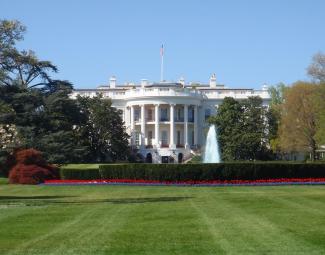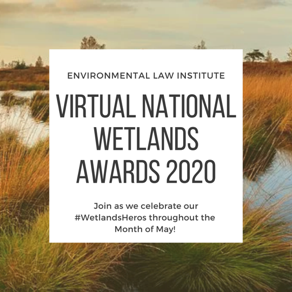Reaching Out With a Digital Helping "Handprint" to Decarbonize Every Sector

“The future has arrived—it’s just not evenly distributed yet,” observed writer William Gibson, whose observation was cited during the Environmental Law Institute’s November 17 webinar, “Digital Solutions to Climate and Water Challenges,” the first in a series that will serve to continue exploring the dynamic intersection of policy and cutting-edge technologies begun in 2019 with ELI’s inaugural GreenTech conference in Seattle.








